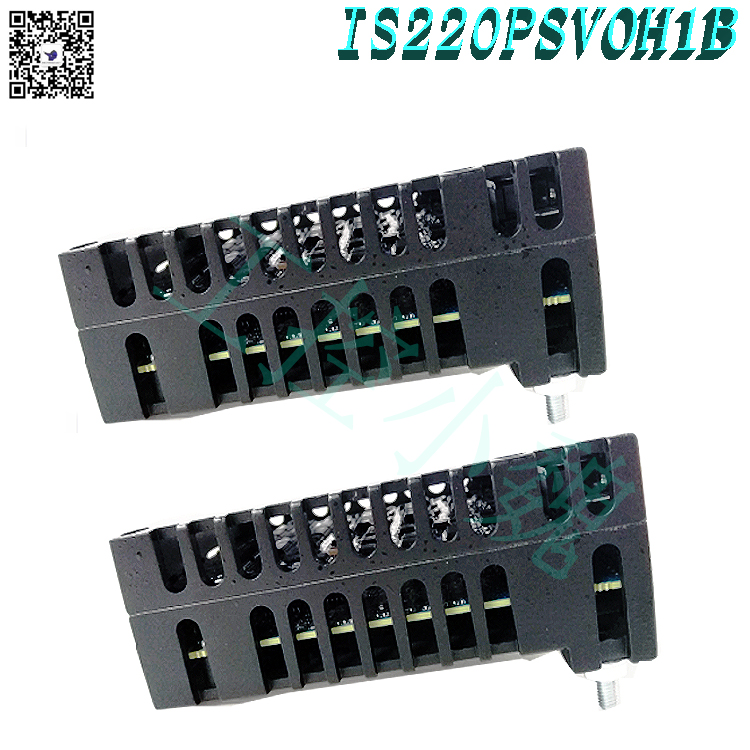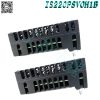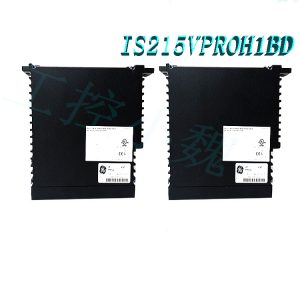Description
IS220PAICH2A – Analog I/O Module is available in stock which ships the same day.
IS220PAICH2A – Analog I/O Module comes in UNUSED as well as REBUILT condition.
To avail our best deals for IS220PAICH2A – Analog I/O Module, contact us and we will get back to you within 24 hours.
Functional Description
The Analog I/O pack (PAIC) is an electrical interface that connects one or two I/O Ethernet networks to an analog input terminal board. The PAIC includes a BPPx processor board as well as an acquisition board dedicated to the analog I/O function.https://www.weikunfadacai1.com/
.jpg)
The load terminal resistors for current loop inputs are located on the terminal board, and the PAIC senses voltage across these resistors. PAICH2 has two current loop outputs ranging from 0 to 20 mA. It also includes additional hardware that allows for 0-200 mA current on the first output only.
The I/O pack receives and sends data to the controller via dual RJ-45 Ethernet connectors and is powered by a three-pin connector. Field devices are communicated with via a DC-37 pin connector that connects directly to the associated terminal board. LED indicator lights provide visual diagnostics.
IS220PAICH2A Installation

Insert the PAIC I/O pack directly into the terminal board connectors.
Use the threaded studs adjacent to the Ethernet ports to mechanically secure the I/O pack(s). The studs fit into a terminal board-specific mounting bracket. The bracket should be positioned so that no right-angle force is applied to the DC-37 pin connector between the I/O pack and the terminal board. The adjustment should only be needed once during the product’s service life.
Depending on the system configuration, connect one or two Ethernet cables. The I/O pack will function on either port. When using dual connections, it is common practice to connect ENET1 to the network associated with the R controller.
.jpg)
Configure the I/O pack as needed using the ToolboxST application.
Additional Hardware
PAICH2 includes hardware support in the form of an add-on daughterboard that adds 0-200 mA output capability to the first analog output, analog output 1.
To reduce power dissipation of the linear output transistor, power for the 200 mA circuit is derived from a variable voltage source on the daughterboard.
frequently asked questions
What is IS220PAICH2A?
IS220PAICH2A is an analog I/O module developed by General Electric Company.
What is the size of the component?
8.26cm high x 4.19cm wide x 12.1cm deep.
What is the power consumption of the components?
5.3 W typical, 6.2 W worst case
How can I check the price and availability of power distribution boards?
Please contact Xiamen Xiongba at +86 18030177759 for sales or quotation.
Model recommendation:


-100x100.jpg)
-100x100.jpg)

-300x300.jpg)

admin –
IS220PAICH2A is an analog I/O module developed by General Electric. It is a part of the Mark VIe Speedtronic control system. This I/O pack is directly attached to the terminal board. The I/O pack is connected to the simplex terminal board via a single DC-37 pin connector. If only one I/O pack is installed, the TMR-capable terminal board has three DC-37 pin connectors and can be used in simplex mode. All of these connections are directly supported by the I/O pack.